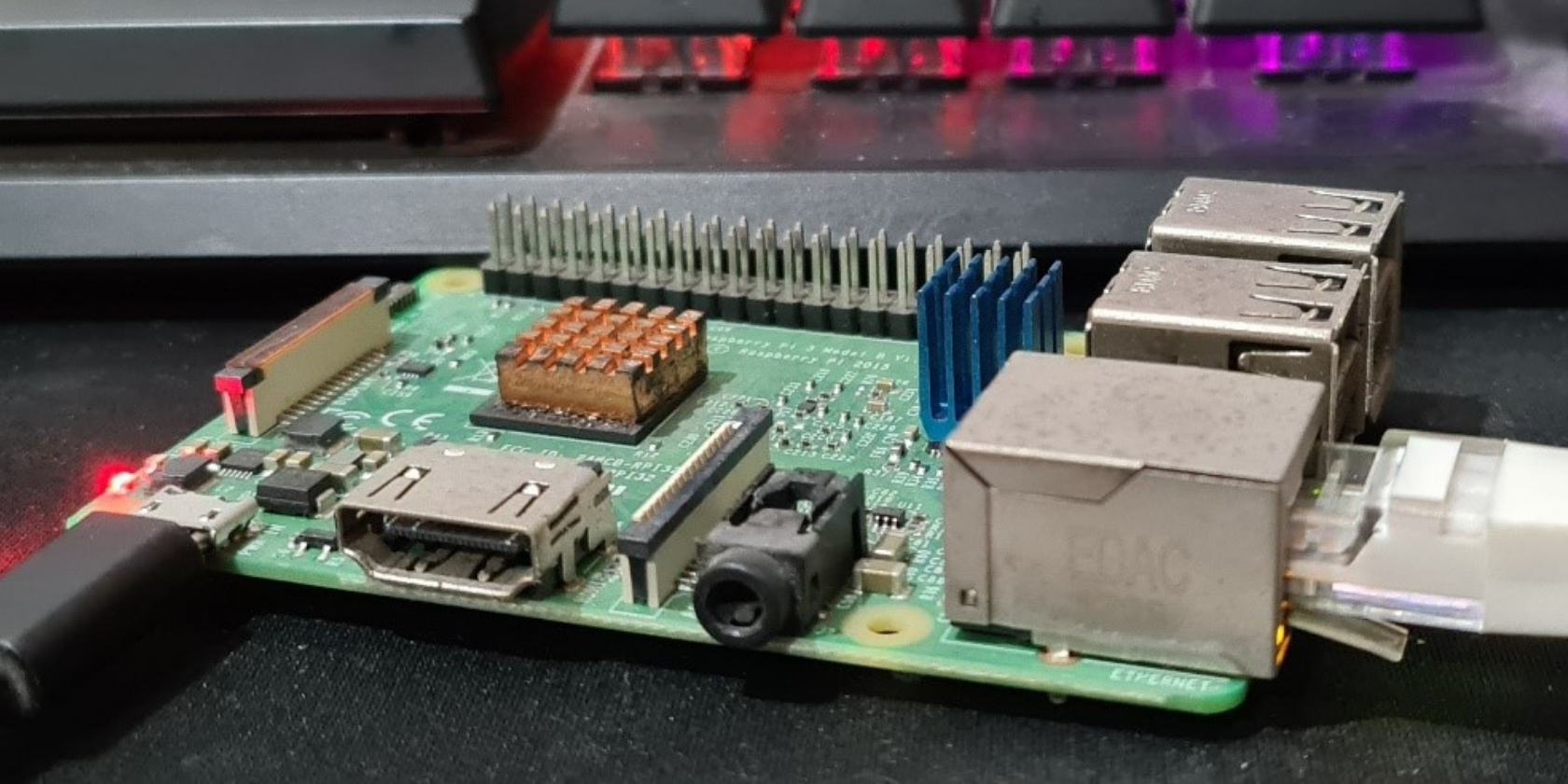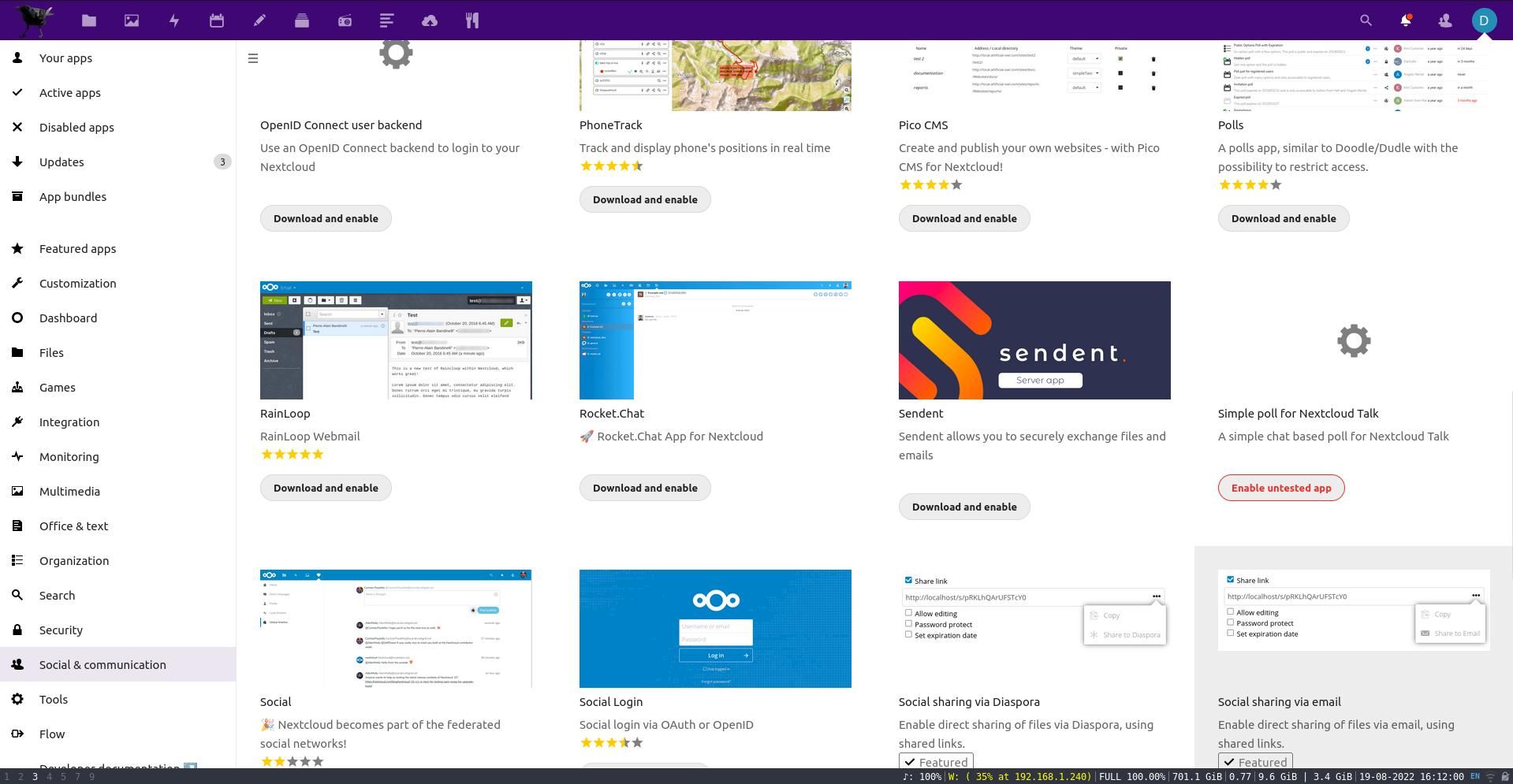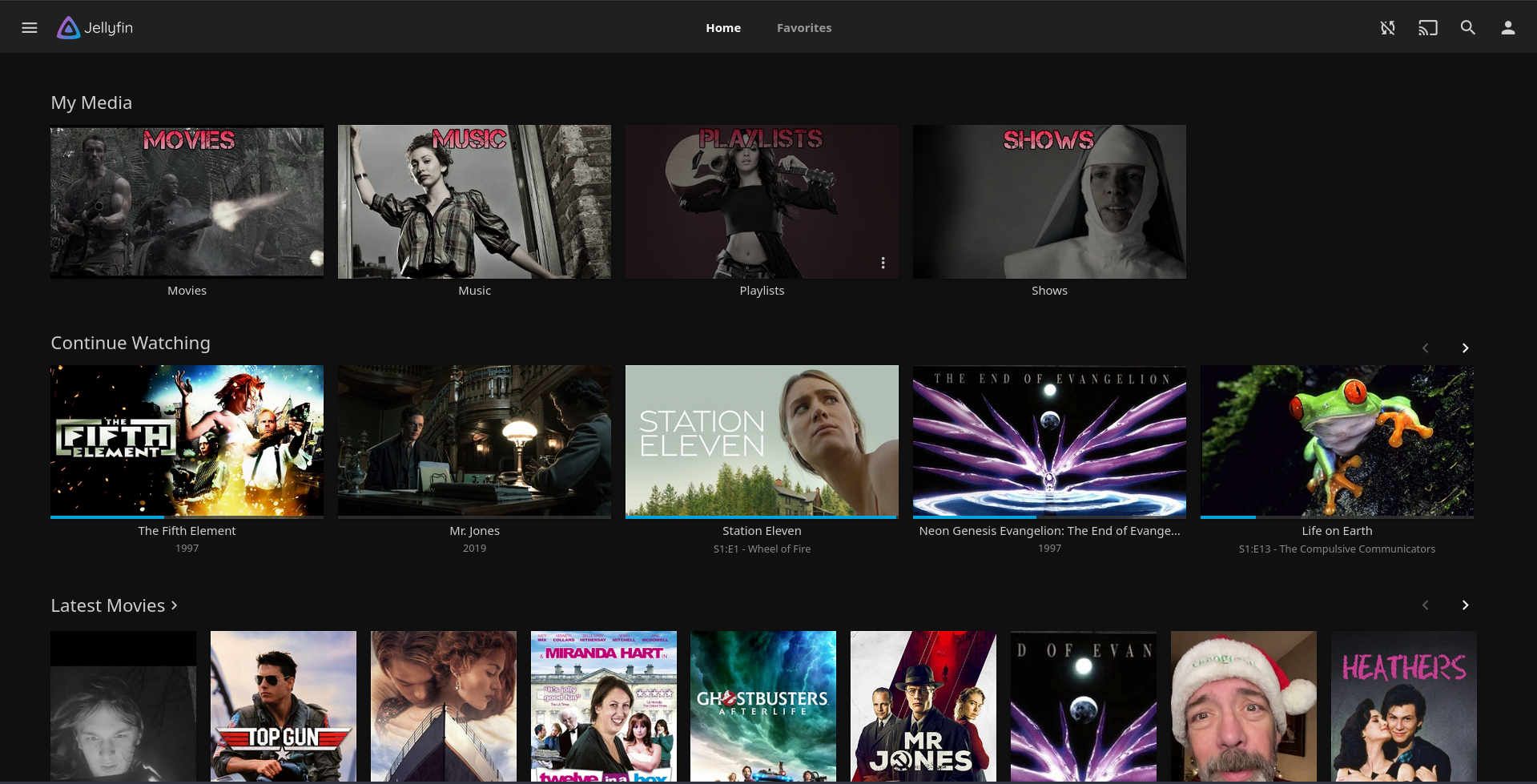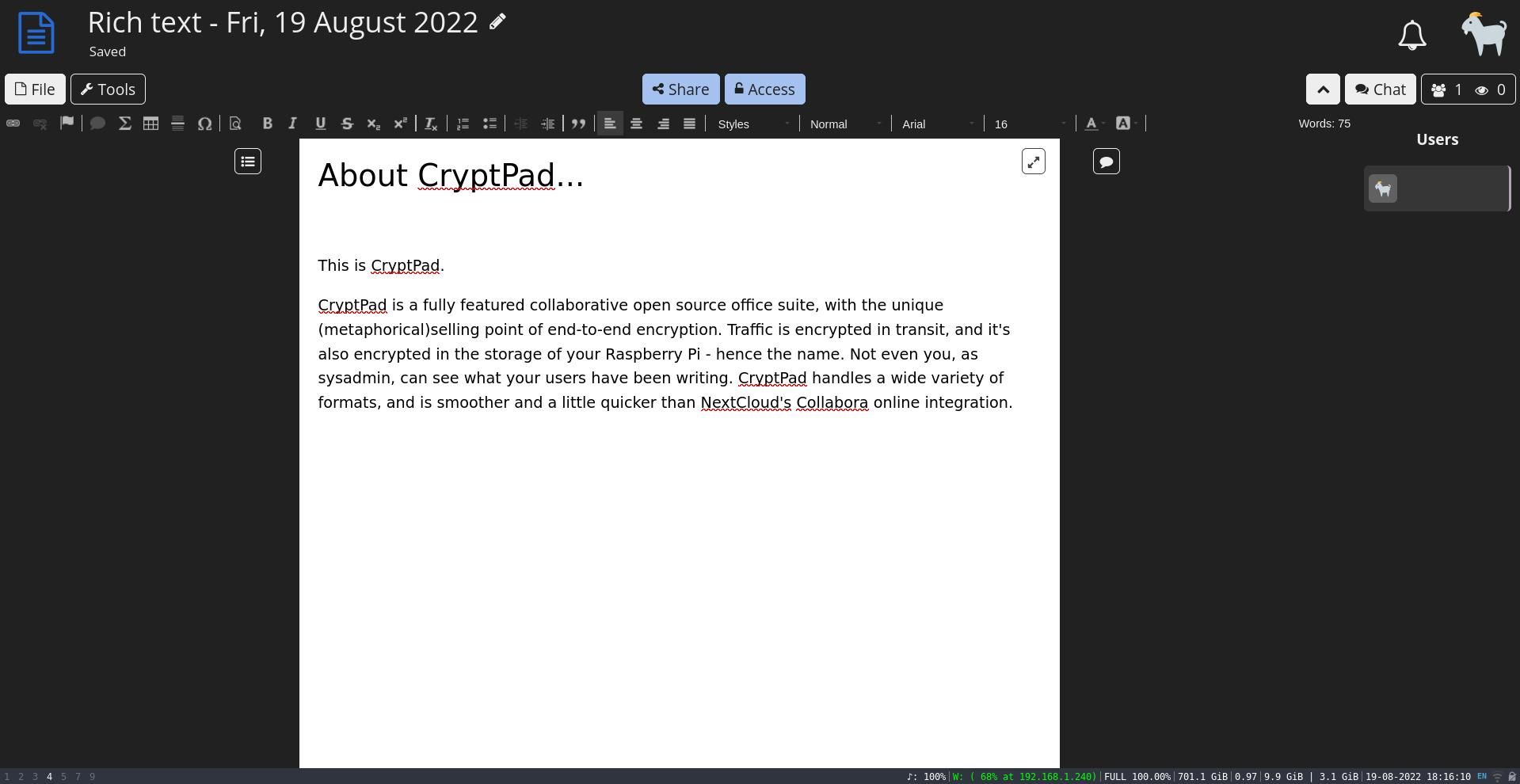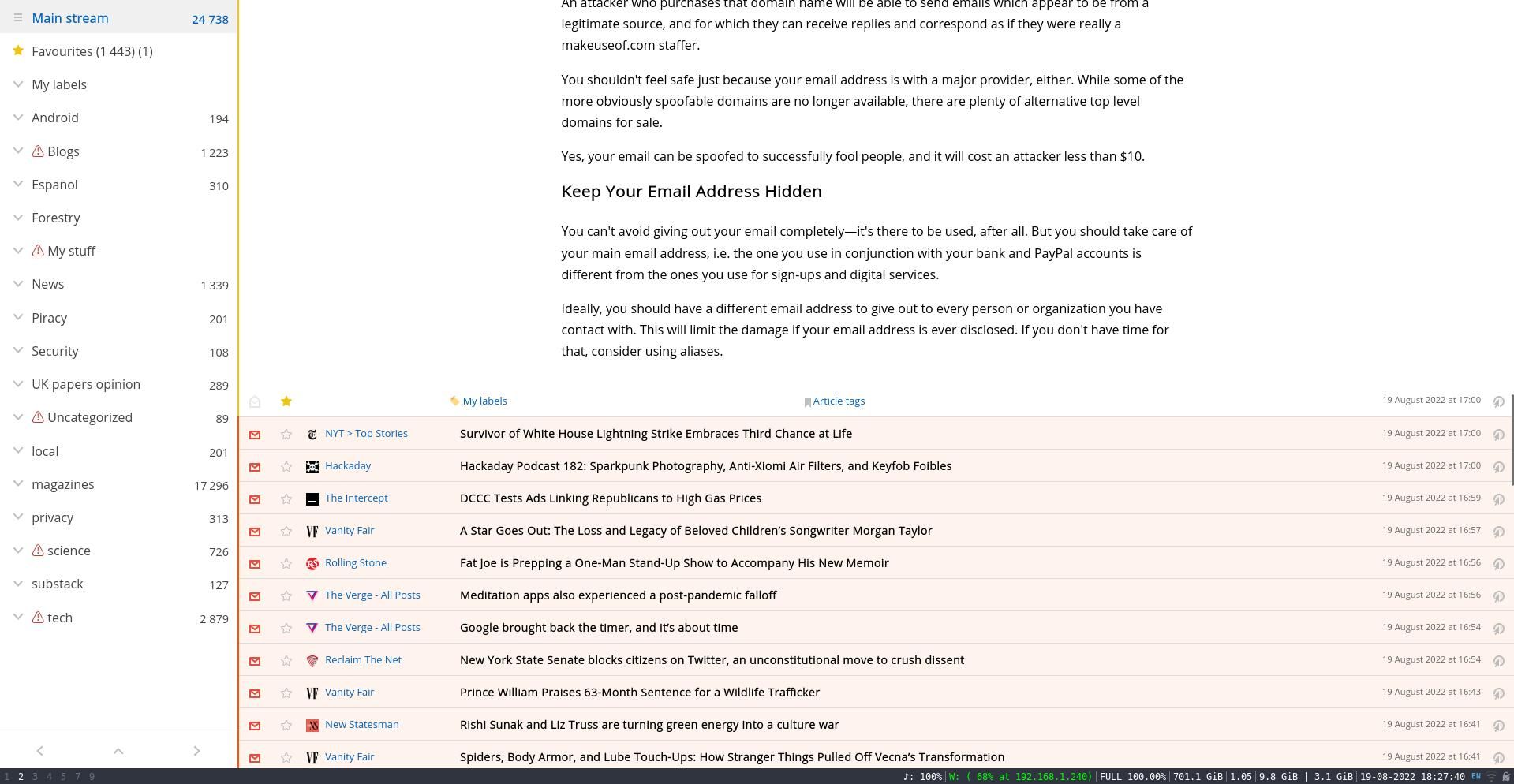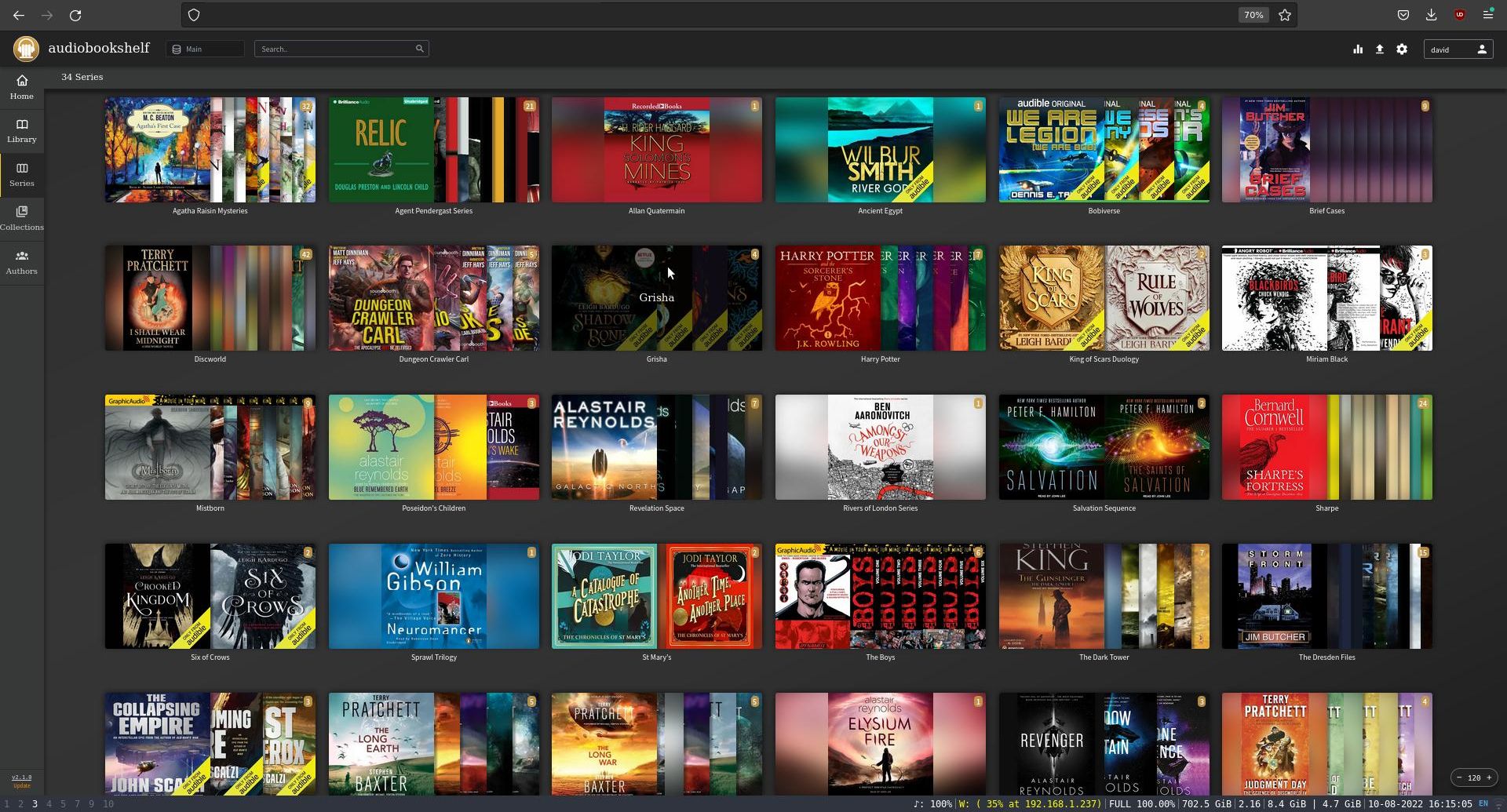The Raspberry Pi is a single board computer—built down to a price but capable of high performance and performing the kind of tasks you would more readily associate with a server farm or data center.
Today, self-hosting web-facing applications and services is a popular hobby, and this article will showcase some of the best ones to deploy on a later-model Raspberry Pi.
Why Use a Raspberry Pi for Self-Hosting?
You can build a home server on practically any computer hardware built in the last 30 years, but the Raspberry Pi has the advantage of a super-low power draw. Even the recent Raspberry Pi 4B (the model we would recommend for most of these projects) consumes under 3W when idling, and around 7W under load—that's about the same as a single energy-saving lightbulb.
The 15-year-old gaming PC you pull out of storage to act as a server likely consumes upwards of 600W. As servers are usually left on 24/7, this represents huge electricity savings.
Performance-wise, the Raspberry Pi 4B is a beast of a machine in miniature form, and boasts a quad-core Cortex-A72 64-bit processor running at 1.5GHz (if you don't overclock it), Gigabit Ethernet, four USB ports, and built-in RAM between 1GB and 8GB. Although prices are currently high for Raspberry Pi hardware, under normal circumstances, they retail for around $35.
In our opinion, few machines represent better value for money than the Raspberry Pi, and here are some of the best self-hosted projects you can run on them.
1. Nextcloud
Nextcloud is an extremely versatile piece of software that aims to completely replace almost every other service you access on the internet. You may think we're joking, but we're not.
At its core, Nextcloud is an open-source cloud storage and synchronization platform which supports multiple users. You can think of it as being similar to DropBox, Google Drive, or Microsoft's OneDrive—with apps available for Windows, Linux, macOS, Android, iOS, and Ubuntu Touch.
You can access your files either through a web browser or a WebDav folder on your desktop. But Nextcloud is almost infinitely expandable via free add-on apps, most of which can be installed in a matter of minutes with a single click.
While Nextcloud has a Markdown text editor installed as standard, you may prefer a full-fat collaborative office suite in the form of Collabora Online. You can add recipe managers, a full-text RSS reader, streaming radio apps, music library management apps, video conferencing apps, and even a ready-to-go social media server to interact with fellow users.
This list barely scratches the surface of Nextcloud's capabilities, but you can build your own Raspberry Pi cloud server with Nextcloud.
2. Jellyfin
If you own an extensive collection of movies, TV shows, music, and audiobooks and want to consume your media on your phone, TV, laptop, etc., you need to have Jellyfin installed on your Raspberry Pi.
Jellyfin is a no-hassle media streaming center that is easy to install and intuitive to use. It automatically scans and categorizes media and fetches relevant thumbnails and metadata as soon as it detects a new file.
Each user can have their own account, and Jellyfin will keep track of the content they've watched, their progress watching the content, and their favorites. Authentication is done on the Raspberry Pi itself (unlike Plex), meaning that your data stays entirely within your own network.
3. PhotoPrism
With Google imposing limits on its unlimited photo storage offering last year, millions of users are now searching for a free alternative that will give them the benefits that Google Photos used to offer.
PhotoPrism is by far the best solution as it will categorize, create albums, and even recognize objects and faces in your photo collection. It automatically handles uploads and synchronization, but you will need to use SyncThing or NextCloud to get your photos onto the server. PhotoPrism works well with both of these.
4. CryptPad
CryptPad is a fully featured collaborative open-source office suite with the unique (metaphorical) selling point of end-to-end encryption.
Traffic is not only encrypted in transit but also encrypted in your Raspberry Pi's storage. Not even you, as the system administrator, can see what your users have been writing. CryptPad handles various formats and is smoother and a little quicker than NextCloud's Collabora online integration.
5. FreshRSS
FreshRSS is a self-hosted RSS newsreader that fetches and stores all of your RSS news for consumption in the browser or, through its API, in various mobile apps.
Besides fetching article stubs as intended by publishers, FreshRSS can employ user-defined CSS selectors to pull entire articles onto your Raspberry Pi for you to consume.
You can set parameters such as how long the articles will be kept, feed categories, and rules which apply to each feed. With FreshRSS, you'll never have to visit another website again!
6. Audiobookshelf
If you own a massive collection of audiobooks, Audiobookshelf is the perfect tool to help you manage it. Books are automatically grouped into series and can be searched by author, narrator, and metadata.
Audiobookshelf will keep track of your progress across all devices, and it has apps for Android or iOS. You can alter the playback speed between 0.5x and 2.0x, and if you're the kind of person who prefers to be lulled to sleep by the gravelly tones of a professional narrator but don't want to lose your place overnight, you can set a sleep timer up to 90 minutes in advance, or the end of the chapter.
It's like having your own personal Audible! So, what are you waiting for? Go host your own Raspberry Pi audiobook library with Audiobookshelf.
7. WordPress
WordPress is the most common CMS and blogging platform in the world—but that doesn't mean it's difficult to install or master. In fact, you can host your own WordPress site on a Raspberry Pi. This way, you get to focus on writing rather than managing your system.
WordPress supports multiple user roles and provides access to thousands of themes and plug-ins so that you can customize your site to look and behave exactly how you want it to.
8. Email Server
Email is one of the terrifying prospects for any budding system administrator, but installing a fully secured and trusted email server on your Raspberry Pi can be accomplished in an afternoon.
You can quickly set up Dovecot, Postfix, OpenDKIM, and SpamAssassin, after which you can send emails securely, knowing that your communications are completely under your control.
Deploy Almost Any Web-Facing Software on Your Raspberry Pi
These are only some of the ways you can use your Raspberry Pi to replace the sites and services offered by tech giants. You will get a great deal of satisfaction from being self-sufficient in the digital world and may be able to encourage friends and family to take up the hobby, too.
Don't forget that hosting costs are essentially zero when you host on your own hardware. All you need is a single domain name, and you're good to get started.

